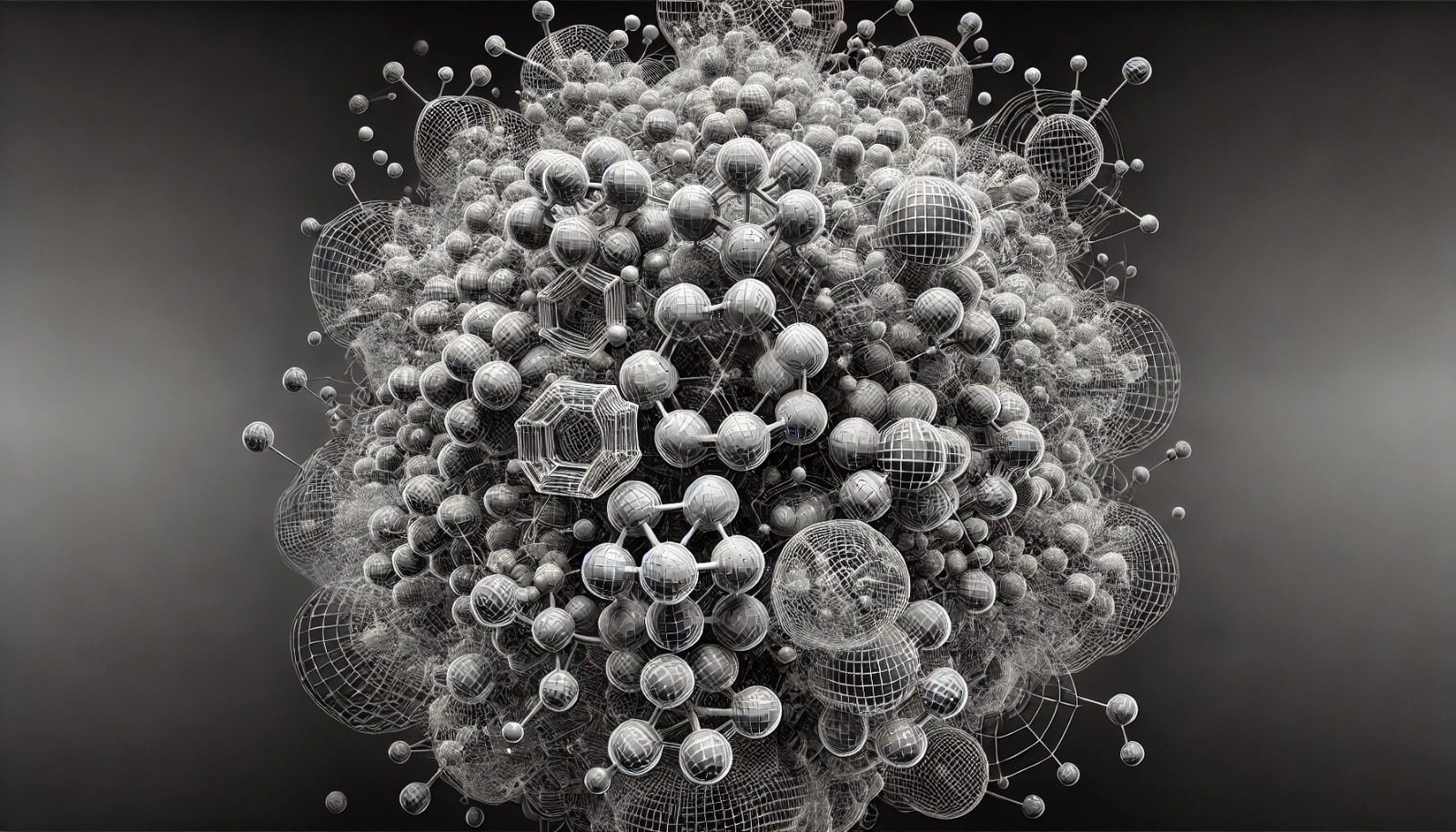API Particle Size distribution in Tablet
Schedule a MeetingDetermination ofAPI Particle Size in Formulation
The efficacy of a dosage form depends on physicochemical properties of the active pharmaceutical ingredient (API). Mainly physical properties like Particle size, shape, and solid-state form of the API and its arrangement in the excipients matrix control the rate of dissolution, bioavailability and stability of the oral solid dosage from. Particle size is inversely proportional to the surface area as the particle size is decreased the surface area is increased.

Particle Size Evaluation
Particle size can be evaluated by many techniques but only general techniques are listed below
- Microscopy and image analysis
- Sifting
- Laser diffraction
- Dynamic light scattering (DLS)
The API is often micronized prior to the formulation or it may be micronized during the formulation, and its size is tightly controlled. However, API size after micronization does not always reflect its size in a complex dosage matrix. The particles of API undergo mechanical stresses during formulation processes such as mixing, sifting, granulation, drying, blending, tableting, and coating and even during storage of the final product, depending on its formulation and packaging. During pharmaceutical production, controlling the particle size of API and other excipients is a critical parameter to ensure product quality. However, API particle size in multiple components cannot be specifically assessed using the aforementioned devices.
Challenges for Characterization of API Particle Size in Formulation
Regulatory Issues
The ICH Guidelines explicitly states that particle size is one of the physicochemical properties influencing the performance of the drug product and its manufacturability (https://www.ich.org). Further specifications are described in ICH Q6A acceptance criteria in new drug substances for solid or suspension drug products. The decision tree is reflected below for setting acceptance criteria for drug substances (API) particle size distribution (Fig-1).

Equivalent Particle Diameter (Equivalent Particle size)
The general terminology of particle size itself is ambiguous especially for nonshperical particles, as theoretically particle size is defined as “characteristic linear dimension”, which fits only for spherical particles. In addition to that all the instrumental techniques (Except microscopic techniques) won’t measure the particle size directly as the data obtained is physical response in relation to the size and shape of the particles. As per the data available it can be stated that for spherical particles the deviation would be within 10% whereas for nonspeherical particles it would be higher because most of the sizing methods are devised for spherical particles and seldom discriminate between different shapes.
In the purview of aforesaid limitations for measuring techniques, the concept of equivalent particle diameters has been introduced. Equivalent particle diameter is a correlation of irregularly-shaped particle to equivalent spherical particle. Equivalent Particle Diameter will take into account of particle shape and particle dispersion. In addition to that all the instrumental techniques (Except microscopic techniques) won’t measure the particle size directly as the data obtained is a physical response of the device in relation to the size and shape of the particles.
Strategy Adopted by Nishka
We at Nishka Research have developed our own (Proprietary) in-house protocols to evaluate the API particle size in formulation. We generally deploy 3-4 imaging techniques, which are described below. In a nut shell we use any of individual techniques or a hybrid technique which is a combination of more than one technique.
- Optical microscopic (Transmitted and reflected) technique with data processing algorithm (AI enabled).
- Hot stage microscopy with data processing algorithm (AI enabled).
- SEM (Scanning Electron Microscope) technique with data processing algorithm (AI enabled).
- TEM (Transmission Electron Microscope) technique with data processing algorithm (AI enabled).
Every technique has its own advantages & limitations as these techniques are product specific therefore selection of technique is purely based on feasibility study.
Data Interpretation and Presentation
Frequently Asked Questions
How does the particle size of the excipients used in tablet formulation impact API particle size?
How does API particle size impact the physical and chemical stability of the tablet formulation?
What is the relationship between API particle size and tablet compression force?
How do different API particle size distributions impact tablet properties?
How do particle size specifications differ for immediate release versus extended release tablets?
How can particle size measurements be used to optimize tablet manufacturing processes?
What is the relationship between API particle size and tablet disintegration time?
How do API particle size specifications differ for tablets versus capsules?
How do particle size measurements differ for poorly soluble versus highly soluble APIs?
What are the common sources of variability in API particle size measurements?
How do environmental factors, such as temperature and humidity, impact API particle size measurements?
Why ChooseNishka Research
Nishka Research has decades of experience in working similar kind of studies for diversified products. Our multidisciplinary subject matter experts are well versed with your requirement and can design the protocol which will be a value addition. We have a holistic strategy that will enable you in thorough understanding of product development and its requirement. What are excipients and their physicochemical properties and how they impact the product? There by you will have insights of how the API is distributed in the excipients matrix.
Nishka Research Offers API Particle Size / Globule Size Characterization Studies for Below Formulations:
- Solid oral dosage form (Tablets)
- Suspensions
- Emulsions
- Ointments
- Lotions
Looking for a trusted partner to achieve your research goals? schedule a meeting with us, send us a request, or call us at +91 78427 98518 to learn more about our services and how we can support you.
Need help or have a question?

Nishka Research Brochure
We deliver next-gen research services, Testing & Consultation know more..
